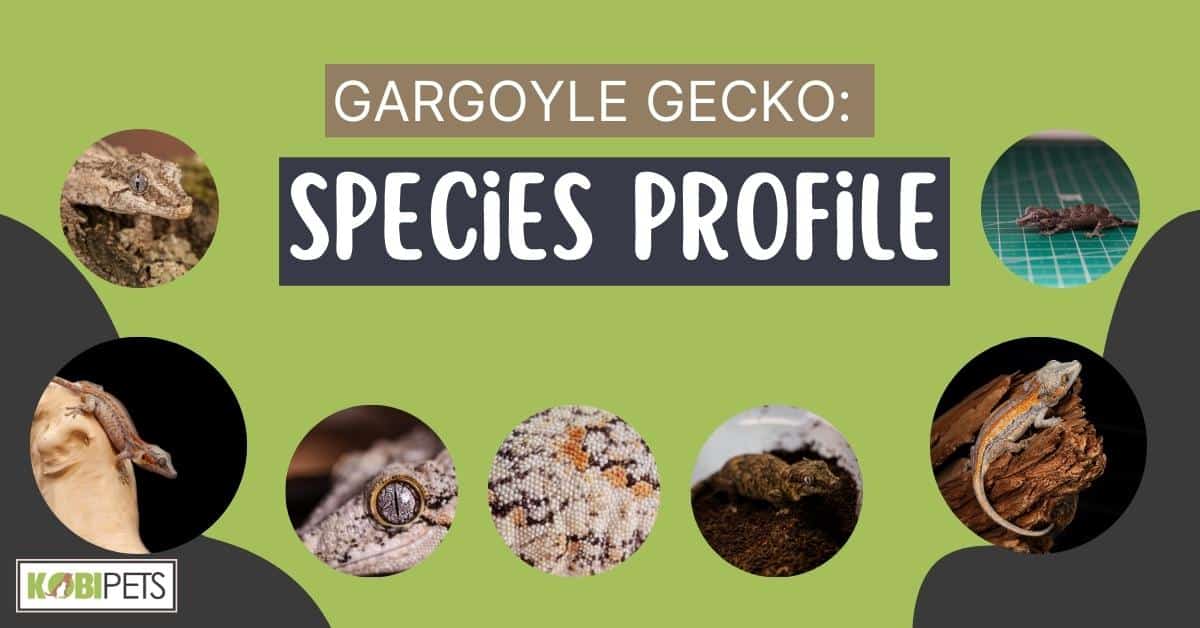
The Gargoyle Gecko is an impressive and unique species native to the islands of New Caledonia. This reptile’s distinct gray, red, orange, and white appearance has earned it quite a following among reptile enthusiasts.
Beyond its mesmerizing colors, the Gargoyle Gecko is renowned for its size and ability to live in harsh conditions due to its resistance to drought. The Gargoyle Gecko is an excellent pet that requires minimal upkeep while providing hours of entertainment.
Whether you are a beginner or an experienced herpetologist, this species will lend itself as an admirable companion.
Physical Characteristics
The Gargoyle Gecko (Rhacodactylus auriculatus) is a species of gecko that is known for its unique appearance and behavior. These geckos are known for their rough, bumpy skin, large eyes, and unique coloration.
They are also highly prized by reptile enthusiasts and breeders due to their docile nature and ease of care. In this section, we will explore the physical characteristics of the Gargoyle Gecko in more detail.
| Characteristic | Description |
|---|---|
| Size | Gargoyle Geckos can reach a length of 7-9 inches from snout to tail |
| Weight | They typically weigh between 40-60 grams |
| Body Shape | Gargoyle Geckos have a sturdy and compact bodies with rough, bumpy skin |
| Eyes | Large, prominent eyes with vertically slit pupils |
| Limbs | Short, thick legs with well-developed toes, each with a small claw |
| Coloration | Their coloration can range from gray to brown, with various patterns of dots, stripes, and blotches |
| Tail | They have a long, thin tail that can be easily detached as a defense mechanism |
Gargoyle Geckos are relatively large geckos, reaching lengths of 7-9 inches from snout to tail. They typically weigh between 40-60 grams and have a sturdy, compact body with rough, bumpy skin.
This skin texture gives them a unique appearance, as well as provides a useful defense mechanism against predators.
One of the most distinctive features of the Gargoyle Gecko is its large, prominent eyes with vertically slit pupils. Their eyes are very sensitive to light which helps them to see in low-light conditions.
The eyes are also set far apart, giving them a wide field of view and good depth perception.
The Gargoyle Gecko has short, thick legs with well-developed toes, each with a small claw. This allows them to climb and cling to surfaces easily. They are also able to grip their prey effectively, thanks to their strong, slender fingers.
The coloration of the Gargoyle Gecko can range from gray to brown, with various patterns of dots, stripes, and blotches. These patterns help them to blend in with their natural surroundings and provide camouflage against predators.
Some individuals may also display more vibrant colors, especially during mating displays or when threatened.
It has also a long, thin tail that can be easily detached as a defense mechanism. This allows them to escape from predators by leaving their tails behind while they make a quick getaway.
The tail will eventually grow back, but it may not be as long or as thick as the original tail.
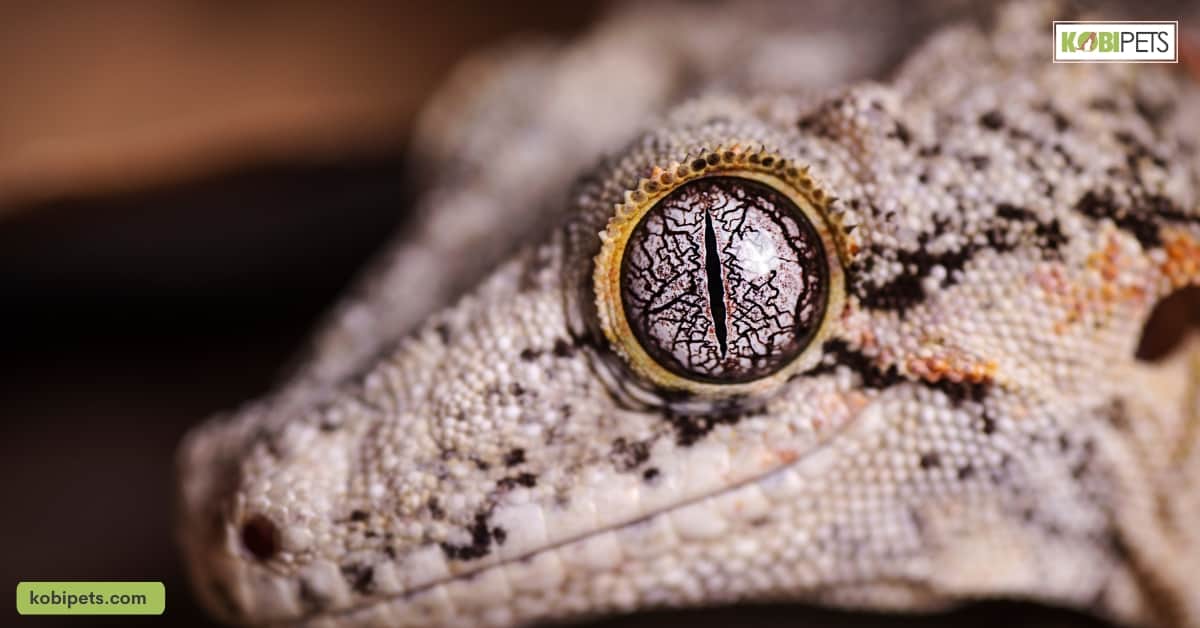
Distribution and Habitat
Gargoyle Geckos are native to the subtropical regions of New Caledonia, an island located in the southwest Pacific Ocean. They are found primarily on the main island, Grande Terre, and its surrounding islands.
In their natural habitat, they live in dense scrub forests close to the ground and can often be found hiding under rocks or logs.
In captivity, they require a large plastic terrarium or 10-gallon reptile tank with a screen top. The enclosure should have plenty of branches for climbing and hiding spots such as caves or hollow logs.
A temperature range between 70-85°F is ideal for these geckos, with a basking spot of up to 90°F. Humidity should be kept at 50-70%.
Gargoyle Geckos are omnivores and eat a wide range of fruits, insects, and even small mammals in the wild.
In captivity, they can be fed a variety of diets including crested gecko classic, grubs n fruit, mango diet and other commercial diets specifically designed for them.
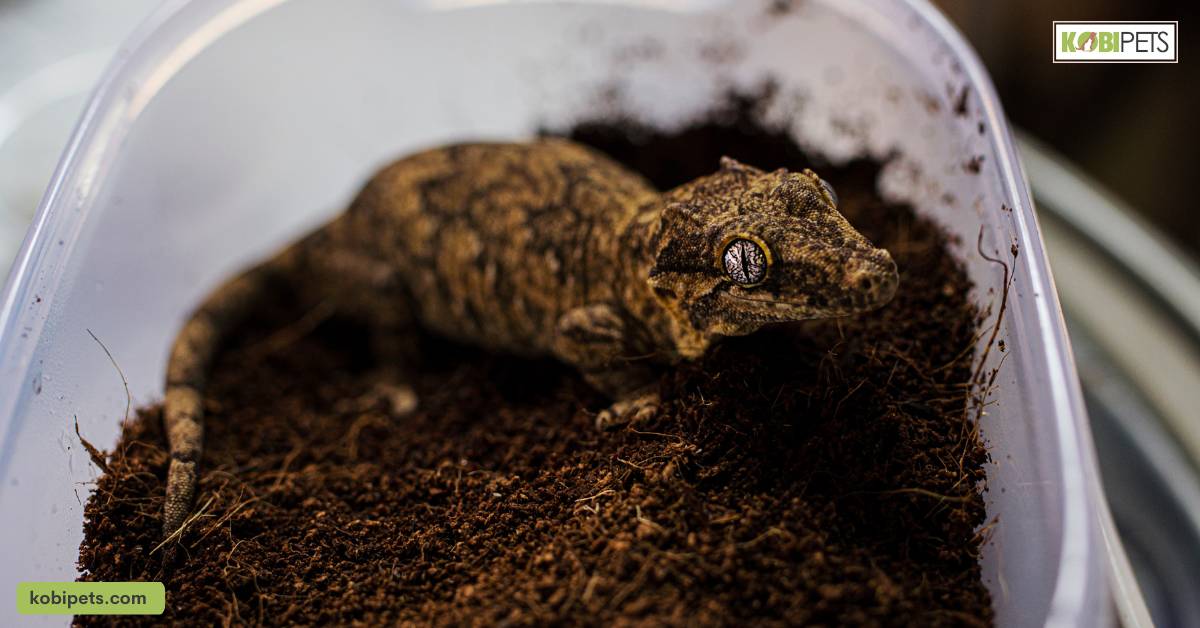
Behavior and Diet
Gargoyle geckos are a fascinating species of reptiles, known for their unique appearance and docile nature. They are omnivores, meaning they feed on both plants and animals.
In the wild, they feed on insects, nectar, and fruit. In captivity, they will eat fruits, mashed fruits, as well as specially-made gecko food. They also enjoy live insects such as crickets and mealworms.
When it comes to social structure and interactions, gargoyle geckos are solitary creatures that do not interact with other members of their species in the wild. However, when kept together in captivity they can become territorial and may fight over food or territory.
These are nocturnal creatures that spend most of their time hiding during the day and coming out at night to search for food. During the night they can often be seen climbing around branches or walls in search of prey.
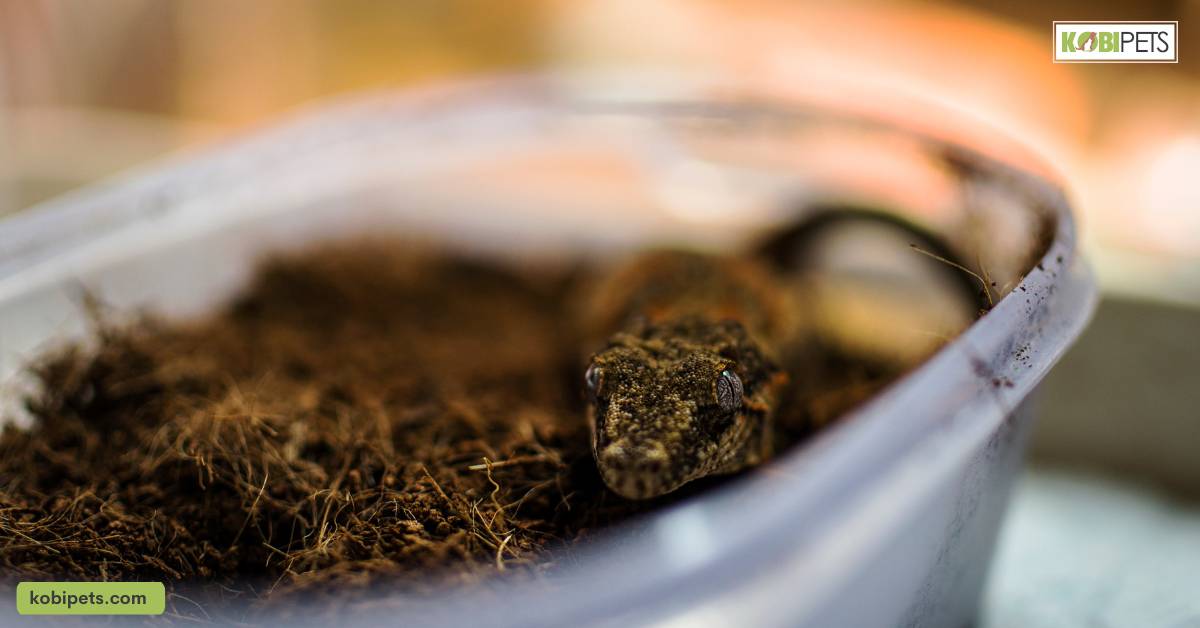
Reproduction and Life Cycle
These geckos are also highly prized by reptile enthusiasts and breeders due to their docile nature and ease of care. In this section, we will explore the reproduction and life cycle of the Gargoyle Gecko in more detail.
Reproduction
Gargoyle Geckos are oviparous, meaning they lay eggs rather than give live birth. Female Gargoyle Geckos typically lay two eggs every three to four weeks during the breeding season.
The eggs are usually laid in a hidden and well-protected location, such as under rocks or in crevices.
The eggs are usually oval in shape and have a hard, leathery shell. They incubate for around 45-60 days, depending on temperature and humidity conditions.
After hatching, the baby geckos are independent and will begin hunting for food and exploring their surroundings.
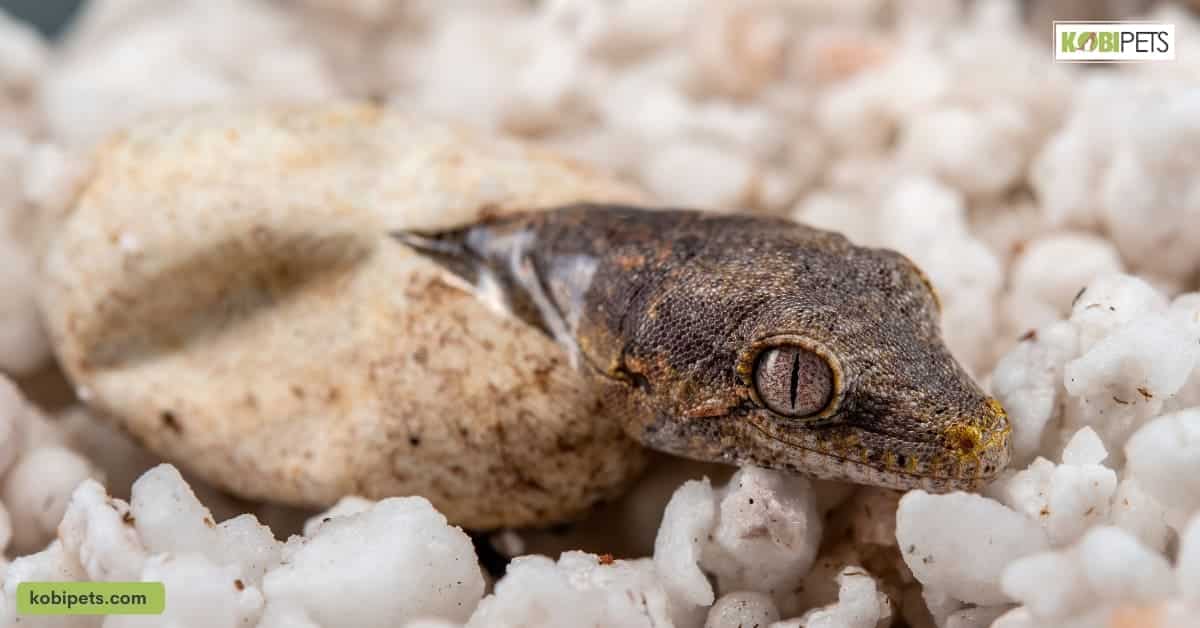
Life Cycle
Gargoyle Geckos have a relatively long lifespan for a species of gecko, living for around 10-15 years in captivity. In their natural habitat, their lifespan may be shorter due to the presence of predators and other environmental factors.
They reach sexual maturity at around one year of age, and breeding typically occurs between the ages of two and six years.
During the breeding season, male Gargoyle Geckos will become more active and display territorial behavior, while female geckos may become more receptive to mating.
Once they reach adulthood, they will continue to breed annually, with the breeding season typically occurring in the spring and summer.
Female geckos can lay multiple clutches of eggs throughout the breeding season, but it is important to provide them with a period of rest in between clutches to allow them to recover their energy and build up their calcium reserves.
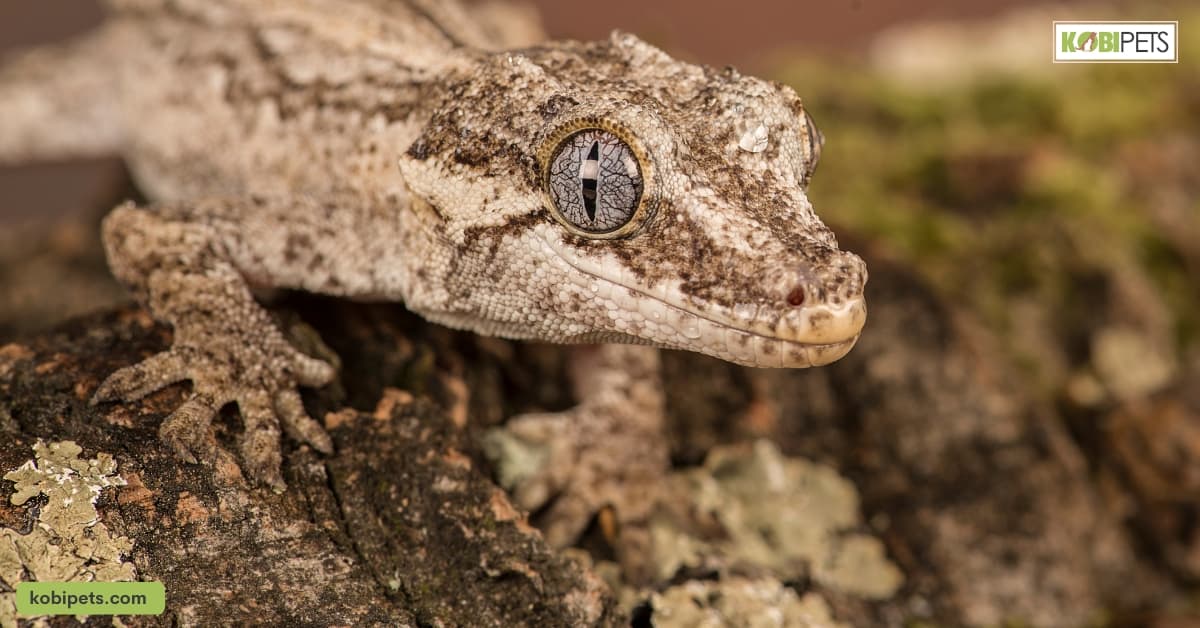
Captive Care and Breeding
Gargoyle geckos are popular pets due to their hardy nature and easy care requirements. They are nocturnal, so they require a habitat that is dark during the day and well-lit at night.
When it comes to housing, gargoyle geckos need an enclosure that is at least 20 gallons in size with plenty of hiding places. The enclosure should also be kept clean by spot cleaning every day and doing a full clean every 4 weeks.
When it comes to feeding, gargoyle geckos should be fed a variety of insects such as crickets, mealworms, wax worms, and roaches. These insects should be dusted with calcium powder twice a week for juveniles and once a week for adults.
It is also important to provide fresh water in a shallow dish for your gargoyle gecko at all times.
Finally, it is important to watch out for any signs of health issues in your gargoyle geckoes such as respiratory infections or parasites.
If you notice any signs of illness in your pet, take them to the vet immediately for treatment.
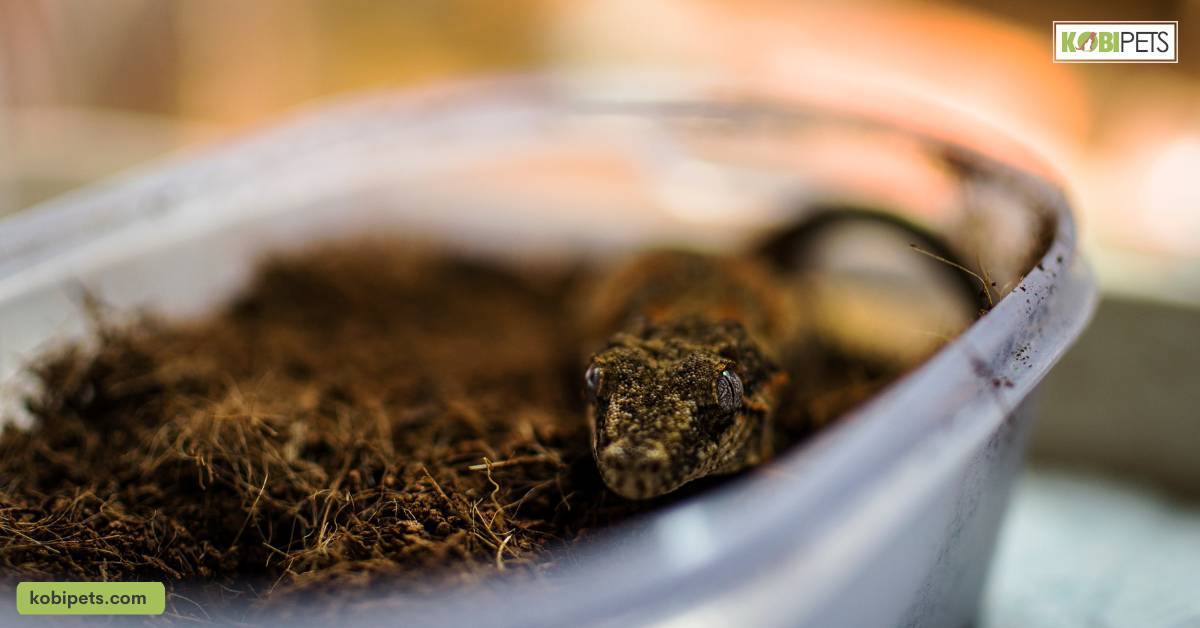
Threats and Conservation Status
Despite their popularity as pets, there is growing concerned about the impact of human activity on the wild populations of Gargoyle Geckos and their habitat. In this section, we will explore the threats facing this species and its current conservation status.
Threats
One of the main threats facing the Gargoyle Gecko is habitat destruction.
New Caledonia is home to a large number of endemic species, including the Gargoyle Gecko, and much of their natural habitat is being destroyed as a result of human activity, such as deforestation and urbanization.
Another threat to the Gargoyle Gecko is the pet trade. Although Gargoyle Geckos are widely bred in captivity, there is still a demand for wild-caught individuals to be sold as pets.
This illegal trade has a significant impact on the wild populations of Gargoyle Geckos and is contributing to their decline.
In addition to habitat destruction and the pet trade, the Gargoyle Gecko is also threatened by the introduction of non-native species, such as feral cats and rats.
These species prey on the eggs and hatchlings of the Gargoyle Gecko, reducing their populations and causing declines in the population sizes of some subspecies.
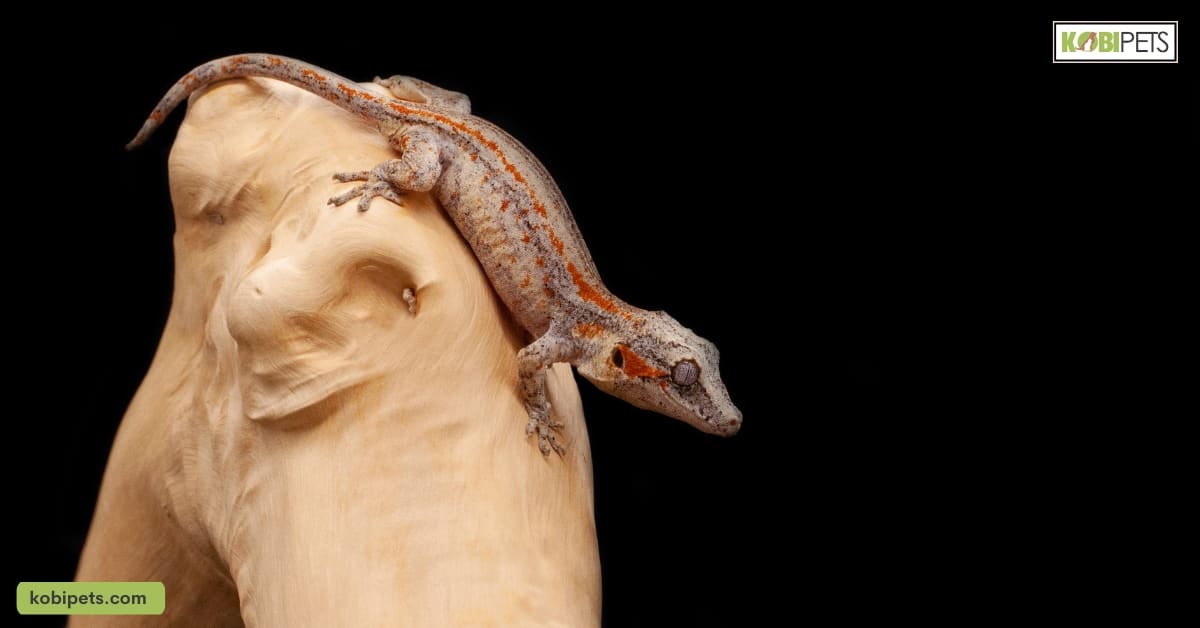
Conservation Status
The Gargoyle Gecko is listed as “Least Concern” by the International Union for Conservation of Nature (IUCN). However, some subspecies of the Gargoyle Gecko are considered to be threatened due to their restricted ranges and declining populations.
To protect the Gargoyle Gecko and its habitat, conservation efforts are underway in New Caledonia, including the creation of protected areas and the management of invasive species.
Additionally, the pet trade is being closely monitored and regulated to prevent illegal trade in wild-caught individuals.
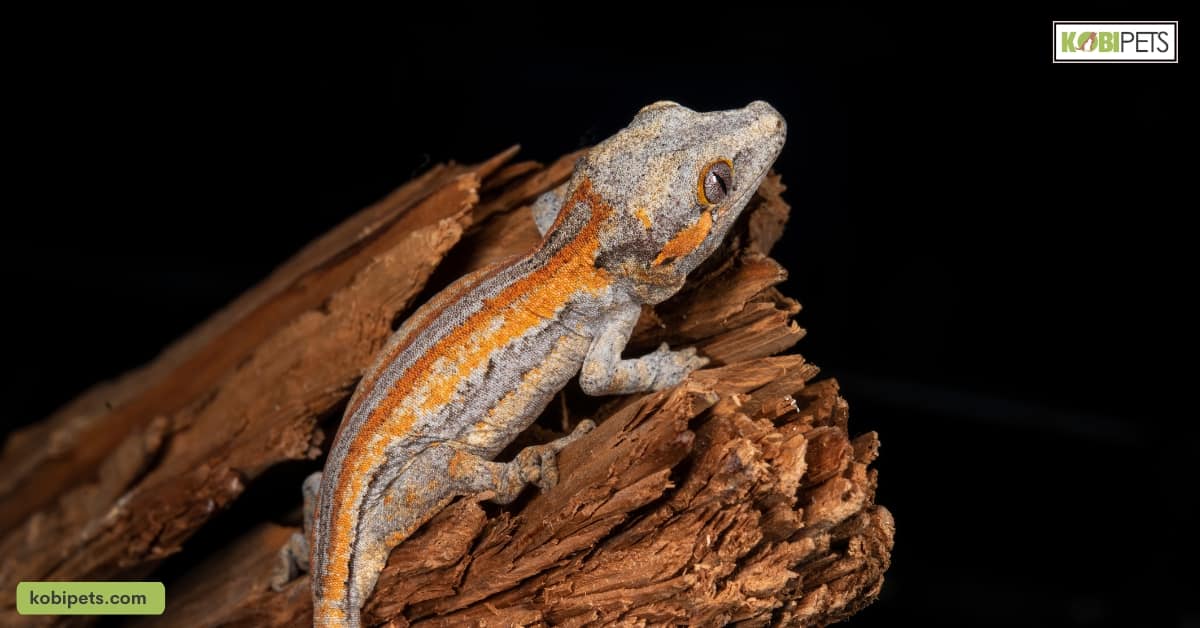
In conclusion
The Gargoyle Gecko is a distinct species of gecko that can make an ideal pet for novice reptile owners. With their outgoing and relaxed nature, beautiful patterning, and hardiness as captive specimens, these incredible lizards will grab the heart – and hopefully terrify the stomachs – of anyone who takes them in as pets.
This is a unique species with many fascinating features all its own. It’s sure to bring much joy to anyone who decides to take one home, so contact your local pet store today for more information on this remarkable gecko!






